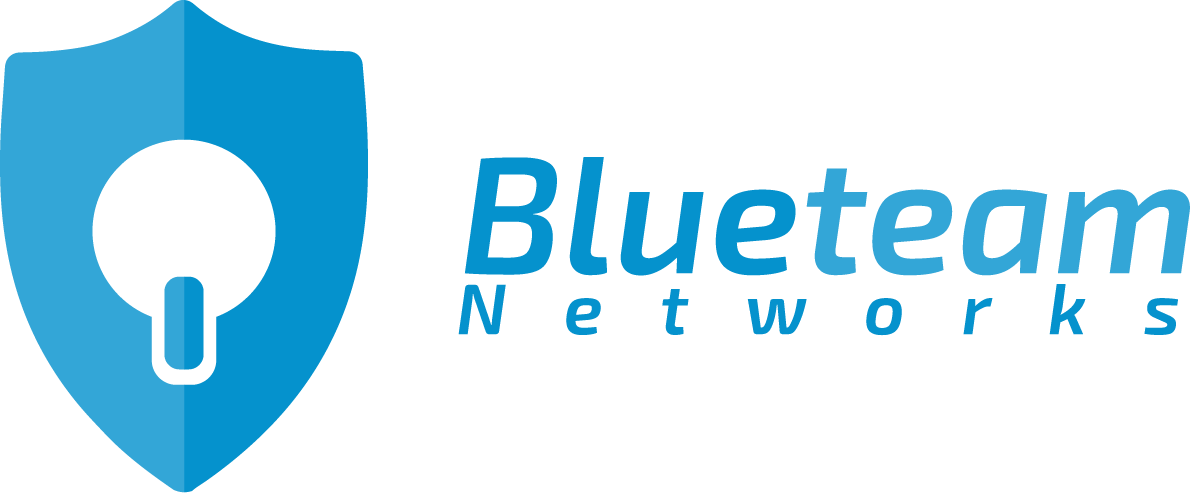4 min read
How to Create a Human Firewall at Your Business and Why You Need One
By: Jason Adams on Apr 30, 2021 10:30:00 AM

Most people have at least heard the term firewall, even if they can’t quite define that it’s a barrier that serves as a guardrail between your business data and bad actors on the world wide web. A firewall monitors incoming and outgoing web traffic, only permitting the data you define through security rules to pass through and blocking traffic that could cause harm.
But a human firewall? That’s a new one to many. Both kinds of firewalls are instrumental to preventing data breaches and the tremendous financial and productivity losses that inevitably follow them.
In this post, we unpack the concept of a human firewall and show you how you can use it to keep your business, your people, and your data safe! It’s important to be good stewards of customer data.
The Human Element
All the technology in the world can’t protect you if your team doesn’t know how to prevent basic data breaches, for example, by knowing how to identify the warning signs.
Despite more than a decade of educating employees on how not to fall prey to phishing scams, a whopping 32% of all data breaches can still be traced back to a phishing scheme, according to Verizon’s 2020 Data Breach Investigations Report.
Phishing attacks have become much more sophisticated, though, and have transitioned from relying exclusively on email to leveraging a vast array of social media platforms. They come in the form of a friend request from someone unknown, a hacker posing as your credit card company, or an email attachment masquerading as a large order from a new customer.
One click from an unsuspecting employee on any of these links, and they’ve just opened up a new avenue for a hacker to start harvesting personal data. Worse yet, you’ve given them deeper access to your business data where they might find credit card numbers, bank accounts, sensitive health information, and more.
Phishing is one of dozens of methods used by bad actors to insinuate themselves into your employees’ computers and your business systems. There are also threats like malware that can be installed by clicking on a “free” game, brute force or dictionary attacks on passwords, and zero-day exploits (i.e., taking advantage of unpatched software systems). The list goes on and on.
Establishing a Human Firewall
Behind many (but not all) breach scenarios is usually a person who just didn’t know any better. In fact, research from the Ponemon Institute revealed that 25% of successful hacks are caused by carelessness or simple mistakes and were easily preventable.
That’s where the concept of a human firewall comes in.
It recognizes that technology alone cannot stave off cyberattacks 100% of the time.
Technologies and people – in this case, employees -- have to work together to maintain a secure work environment.
Organizations create a human firewall by identifying groups of employees who do their work using company systems, train them to follow best practices, receive ongoing cybersecurity awareness training, report suspicious activities when they spot them and spread the word to others in the organization.
Cyber Security Awareness Training: The Lynchpin of the Human Firewall
Since technology is constantly evolving, team members change, and cyberattacks morph, the human firewall must remain vigilant and continuously active. Not only do you have to activate your human firewall with training for current employees, but you must also maintain your human firewall by making security awareness training a part of the onboarding process. It’s also essential to make sure that your training process is NOT one and done. Bad actors are always coming up with new ways to infiltrate your organization, so your team must always be learning.
Cybersecurity awareness and training remain at the heart of the human firewall, but not all training is equal. Whether you have a managed IT service provider come in and provide ongoing training, or you choose to do it in-house, there are some tried and true strategies that will help you be successful.
Foster a Security Culture
Prioritize cybersecurity from Day 1 with new employees and integrate it into daily operations, such as departmental meetings and company events. Create a sense of shared ownership. There was an attack on CNA Insurance disclosed to the public on March 21, 2021. In response to the context of this breach, Chris Clements, VP of Solutions Architecture, Cerberus Sentinel, said that companies cannot solely rely on cybersecurity products. Noting that no organization is safe from cybercriminals, he advises them to adopt a culture of security from the top leadership down to operations.”
Make it Easy.
Have a robust set of security policies and practices but break them down into smaller components when training.
Keep it Current
Constantly update your training materials to use current, real-world examples to help your human firewall know what signs to look for.
Incentivize
Reward employees when they bring suspicious activities to your attention, even if they turn out not to be true.
Monitor and Test
Consider running simulations or sending out periodic fake phishing emails to see where weak links may exist.
Unfortunately, there simply is no silver bullet to effectively prevent every single cybersecurity threat. It requires a combination of secure IT infrastructure and a team whose awareness and understanding of cybersecurity are continuously evolving.
If you’re thinking about engaging a managed service provider like Blueteam Networks to help strengthen your cybersecurity efforts, we’d love to help. We can get your team up to speed and keep them that way. Contact us to schedule a no-obligation consultation.
Read our article: Data Breaches Everywhere - What you Need to Know
Recent Posts
Printers - A Cyber Vulnerability Your Business Probably Overlooked
One of the most critical things in business organizations is the need to protect private data from...
IT Policies Every Small Business Should Implement
Whether a startup, a global enterprise, or somewhere in between, your business needs IT policies to...
Data Breaches Everywhere - What you Need to Know
Despite the most recent user data leaks on Facebook and LinkedIn, which of course, get pretty...


